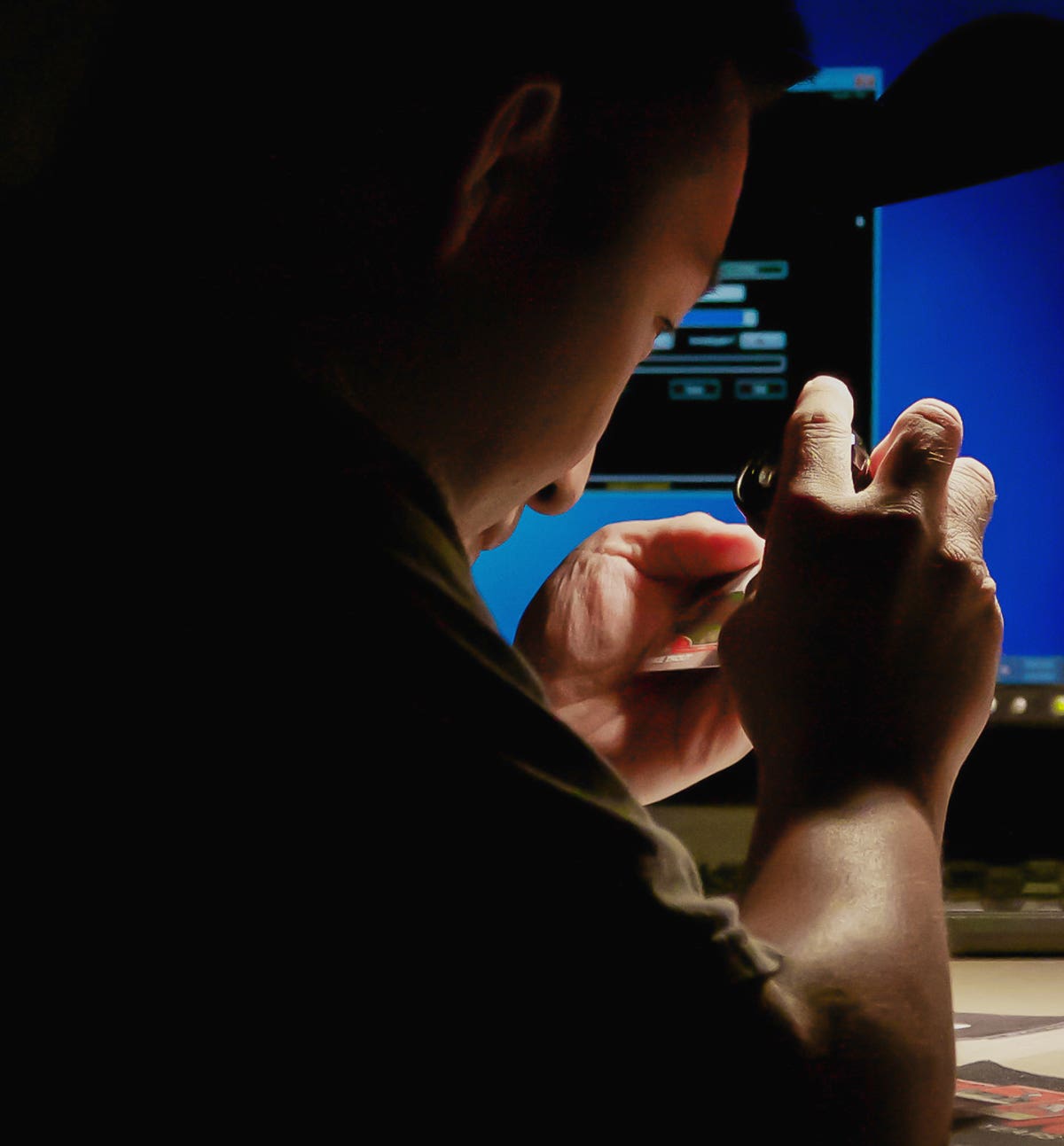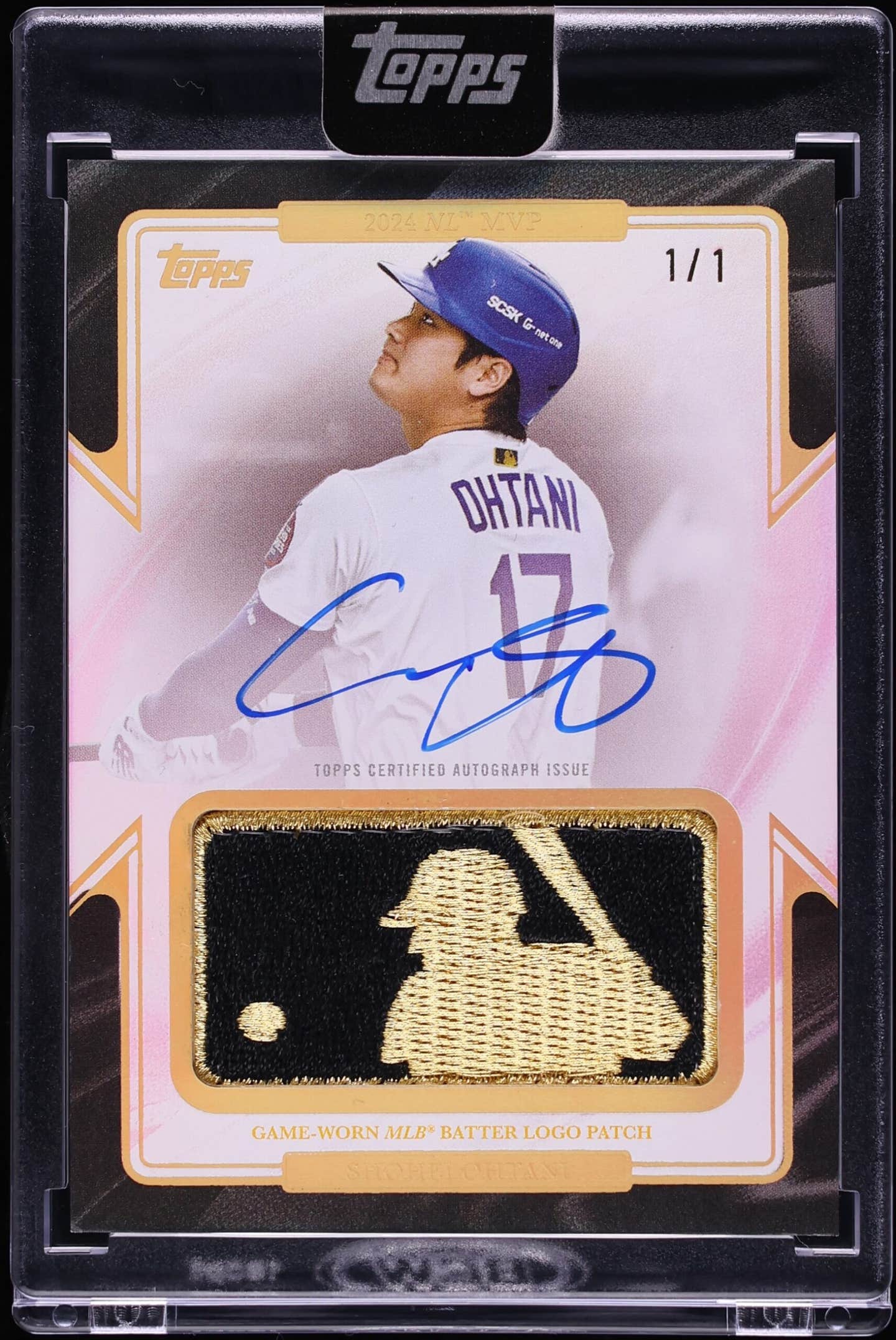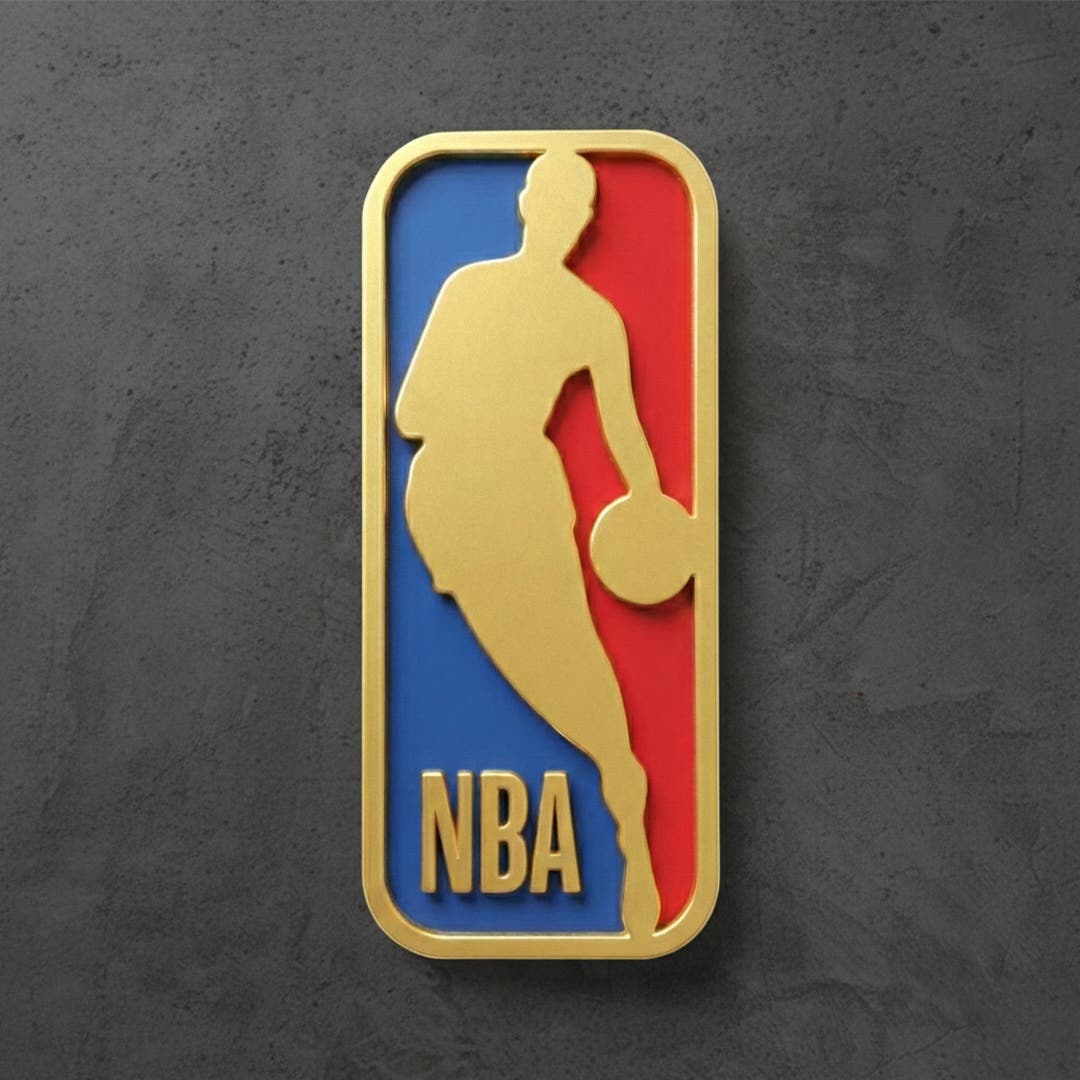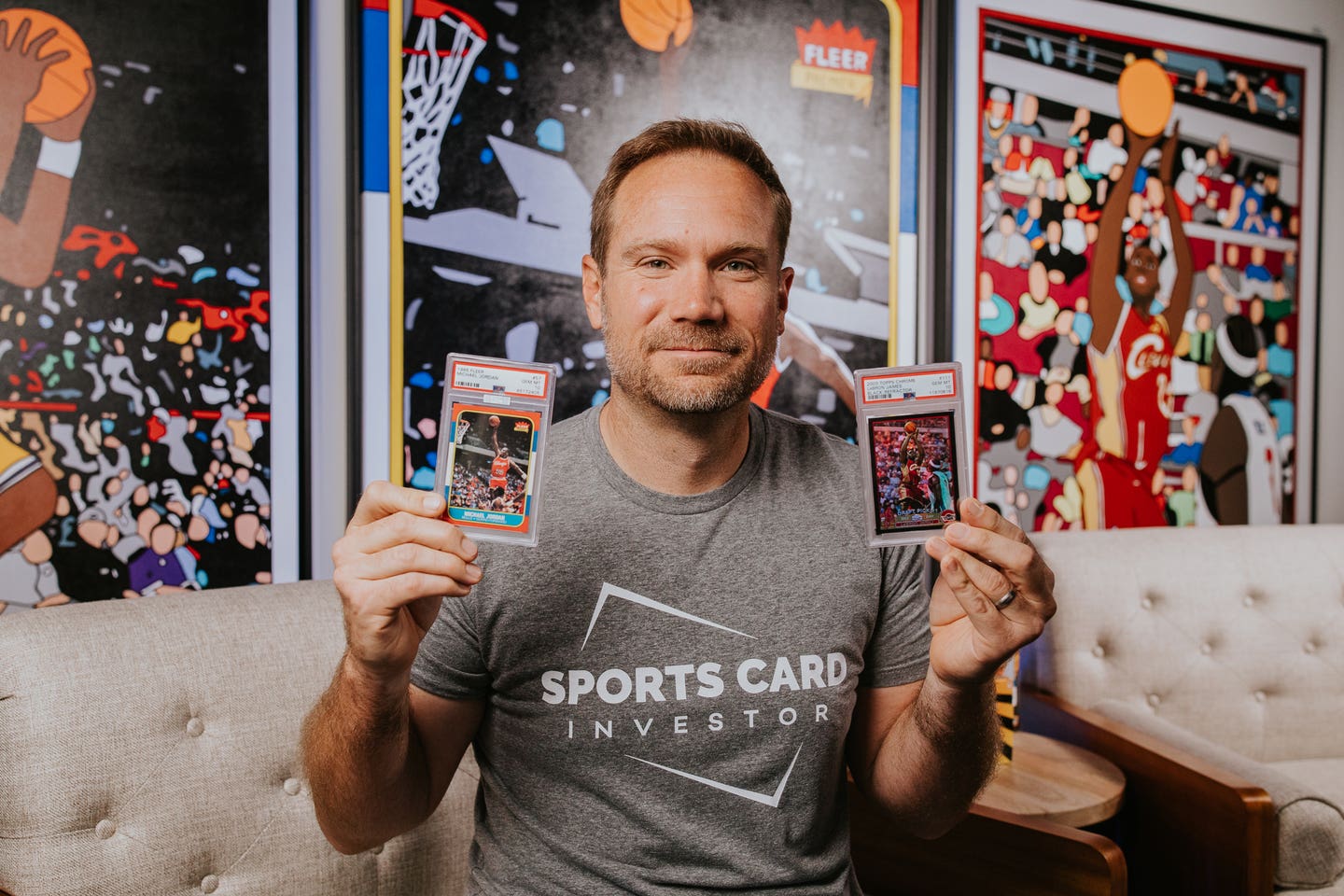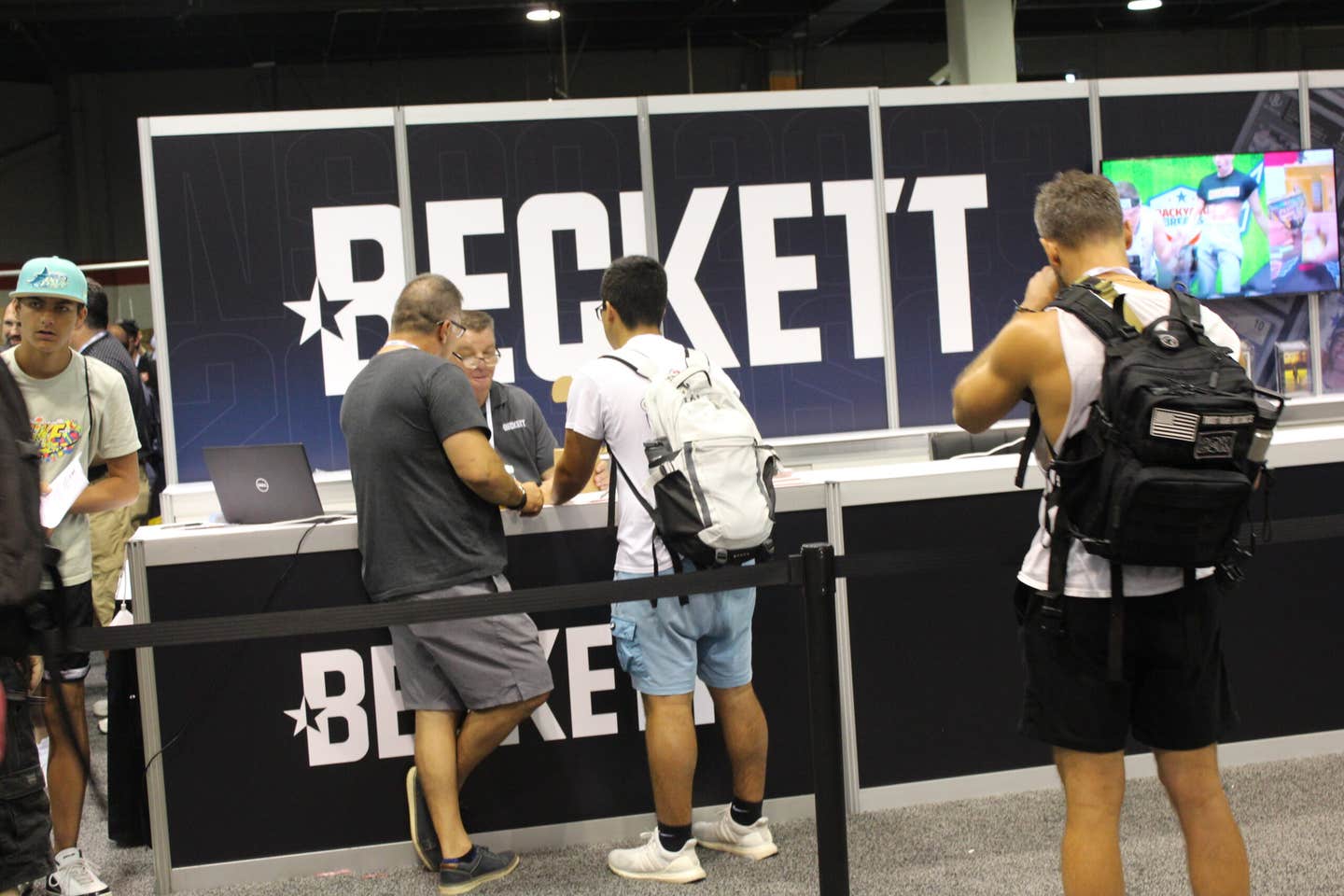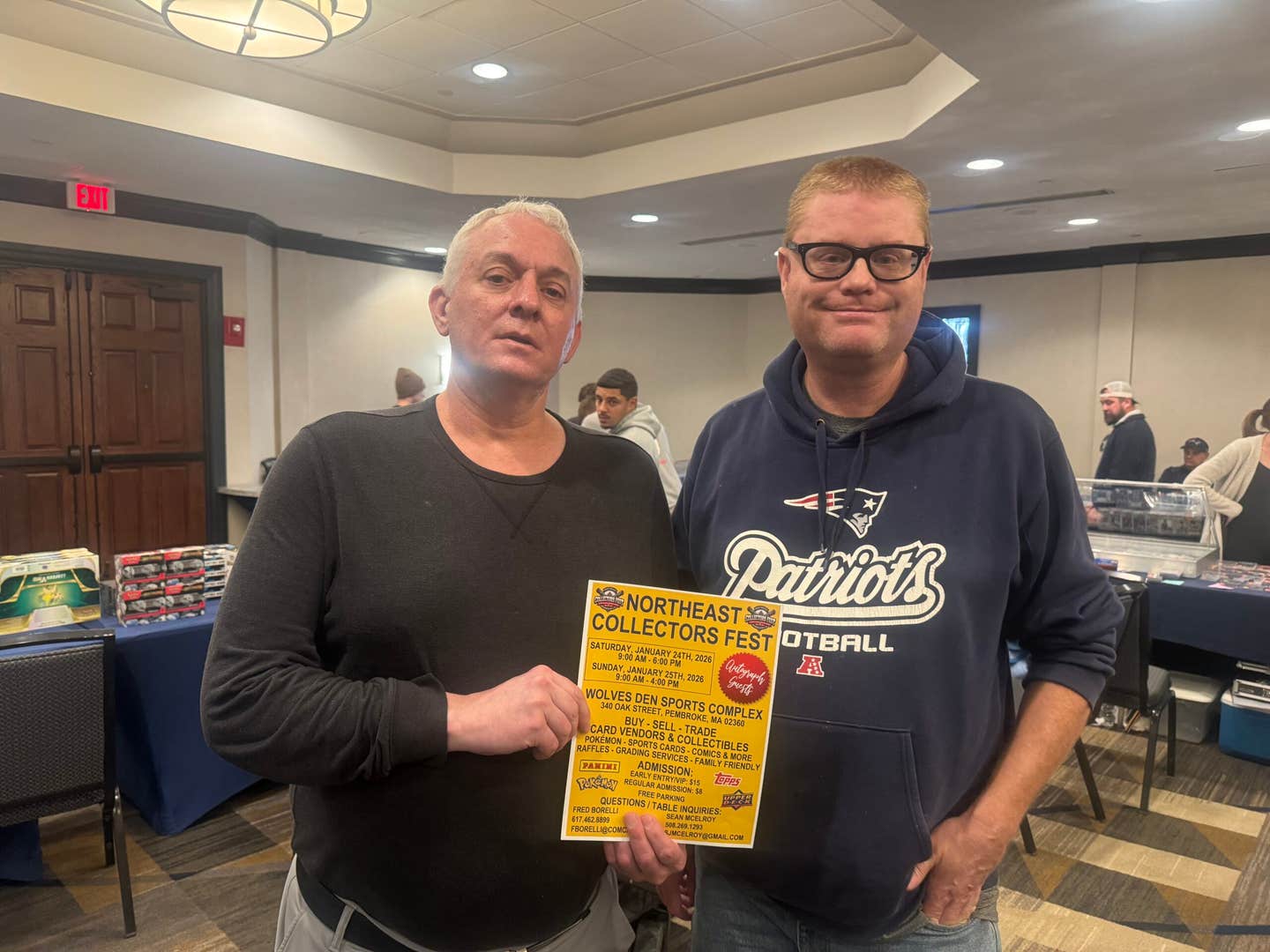News
Road Treasure: Behind the Scenes on the Boston Red Stockings Find
By Larry Canale
Over the past 13 years, I’ve had the chance to encounter and view, close-up, hundreds of important finds at Antiques Roadshow events. Having covered 35 events for the publication I edit, Antiques Roadshow Insider, I have a routine on “game day.” Top priority: Tending to a steady stream of hot leads sent my way from the program’s producers. I also roam the floor looking for treasures held by people waiting in line. And – naturally – I swing by the Sports Memorabilia table every chance I get.
In Antiques Roadshow’s New York City event on Aug. 9, I slipped through the curtains behind appraiser Simeon Lipman and asked if he’d had anything truly outstanding yet. Lipman always gives me a heads-up when he finds newsworthy pieces like the 1951 Willie Mays minor-league jersey we saw in St. Paul in 2004 ($60,000-$80,000) or the Johnny Unitas 1958 Colts championship jacket that surfaced in Baltimore in 2007 ($40,000-$50,000).
At that moment late in the morning in New York, though, all he could do was shake his head – partly in disbelief, partly in awe – and say, “Go see Lee.”
“Lee” is Leila Dunbar, another sports memorabilia expert who has been appraising at Antiques Roadshow events since the beginning of the series. (The first tour was in 1996.) As it turns out, Dunbar had just pitched to the show’s producers a one-of-a-kind collection of early 1870s baseball memorabilia: A revealing letter written by Boston Red Stockings players, a dozen of the earliest baseball cards in existence, the earliest known cabinet card of Albert G. Spalding and a season pass to the 1872 Red Stockings.
Behind the find
The process at Antiques Roadshow events goes like this: An appraiser sees an item he or she thinks is worth a TV segment, asks the owner to wait for a few minutes (but doesn’t tell him or her anything about the item) and then tracks down a producer. The appraiser then will pitch the item for TV taping.
The producer who fielded Dunbar’s baseball pitch was Sam Farrell, who I’ve come to know well over the years. Farrell is originally from England and has, on occasion, turned down vintage baseball items appraisers put in front of him. So our running joke is: “Not another blasted Babe Ruth baseball?!” (Fill in your own adjective for “blasted.”)
In New York, however, there was no debate. Farrell loved the baseball collection Dunbar brought to him and quickly decided to make it the subject of a taped appraisal. Within an hour, it was in front of the cameras while Dunbar told the owner exactly what she had: A rare and unique collection with an insurance value of $1 million. The owner of the memorabilia said she was once offered $5,000 for the stash but, thankfully, declined. It’s now the highest-valued sports item to be taped at an Antiques Roadshow event and one of just a handful of million-dollar items (in any category) that the series has taped.
If it makes the final cut during the producers’ editing phase this fall, the segment will appear on an Antiques Roadshow in 2015, likely between January and June, but possibly during the fall season.
In this day and age, though, a find like that hits the news instantly, which is exactly what the Red Stockings stash did. It made headlines all over the mainstream media, in both print, online and on TV. What was so special about it? Well, I got a close-up look, so I can bring you an eyewitness account.
The letter
The collection’s “crown jewel” (as Dunbar calls it) is a letter written by Boston Red Stockings players to the owner of the boardinghouse where they lived during the season.
“The letter is double-sided and features handwritten notes from the players – including Harry Wright, George Wright and Albert G. Spalding, all future Hall of Famers – during a May 1871 road trip to Washington, D.C.”
The envelope is addressed to Mrs. Parker, who ran the boardinghouse, and includes a reference to the Wrights’ mother (“All the boys send their kind regards to Mrs. Wright…”). The inscriptions within the letter provide a window into the life of traveling ballplayers:
- Fred Cone: “Hankering for ‘the little church around the corner,’ and big meals.”
- Harry Wright: “I am just going up stairs to supper and feel awful hungry but do not expect much, poor meals here. Too hungry to say more.”
- Albert Spalding: “ ‘Would that we were home again.’ My sentiments have been expressed in the above paragraphs. Big meals.”
- Harry Schafer: “I am looking for a ‘murphy’ and a steak and a good cup of coffee.”
- Calvin McVey: “Poor meals! Coming home for big ones.”
The letter, Dunbar says, bears not only a set of rare autographs but “an intimate glimpse into the Boston players’ lives and their relationship with the owner of the boardinghouse, which really was their home during the season.”
The cards
The letter’s importance notwithstanding, the most visual element of the find was a group of 12 early Mort Rogers “Base Ball Photographic Cards.”
Rogers was a former ballplayer who published a series of small scorecards to sell at Boston’s South End Grounds in the early 1870s. They measured roughly 5-by-3½ inches and were designed to be folded, with an oval-shaped player portrait on the “front cover” and space for an advertisement on the back. When opened (think of a small greeting card), the scorecard reveals inning-by-inning columns for scorekeeping.
Mort Rogers cards were expensive to produce, which is why they cost ballgame attendees of the day a pretty penny: 10 cents.
The condition of the Rogers cards that turned up at Antiques Roadshow was not very good, frankly, with all of them marred by aggressive trimming.
“They were collected,” Dunbar explains, “by the [boardinghouse] landlady’s son, who attended the games and bought scorecards for each game. Each scorecard featured a different player’s photo. He then cut the cards out of the scorecards and fit them in a photo album.”
The cards may have been trimmed, Dunbar says, “But they are so exceedingly rare – and the rarity and provenance of the archive so strong – that it didn’t make a major difference in valuation.”
The trimming cut away Mort Rogers’ name along with part of the words “Photographic Card.” The player portraits nonetheless give us a great look at the faces of early baseball.
One of the cards includes tiny portraits of all 11 members of the 1872 Boston Red Stockings:
C Calvin A. McVey
1B Charles H. Gould
2B Roscoe C. (“Ross”) Barnes
3B Harry C. Schafer
SS George Wright
LF Andrew J. Leonard
CF Harry Wright, Captain
RF David S. Birdsall
P Albert G. Spalding
1B/RF Fraley Rogers
OF Johnny Ryan*
(*Ryan, 19 at the time, was rostered but never played for the Boston Red Stockings. He surfaced on five other teams between 1873-77: Philadelphia, Baltimore and New Haven franchises in the National Association and Louisville and Cincinnati in the National League. Lifetime average: .208, based on 125 hits in 602 at-bats, according to Baseball-Reference.com.)
Besides the team card, there were also individual player cards of McVey, Barnes, Gould, Schafer, both Wrights, Birdsall, Spalding, left fielder J. Frederick Cone, “10th man” Samuel Jackson and Andrew Leonard. The latter is pictured on an 1871 card as left fielder for the Olympic Club of Washington, D.C., for whom he played before joining Boston in 1872.
The team
A look into the pages of baseball history shows that the Bostons could play. In 1872, the team finished first in the old National Association with a 39-8 record. Leading hitters: second baseman Ross Barns (.430 with 81 runs and 44 RBI), Andy Leonard (.349 with 57 runs and 42 RBI) and George Wright (.337 with 87 runs and 35 RBI).
On the mound, Albert Spalding was a rock-solid presence, pitching 404 innings in the Red Stockings’ 47-game schedule (who needs a bullpen?) while compiling a 38-8 record. Harry Wright is the only other name to show up in the team’s pitching stats: He tossed 25 innings, won one game, and saved four others. Both men were tough to hit: The rubber-armed Spalding had an ERA of 1.85, while Wright’s was 2.10.
The National Association was one of a number of professional baseball leagues to sprout up during the era. It disbanded after the 1875 season, which featured a fourth straight title by Boston. The following season, the Red Stockings moved on to the fledgling National League and ultimately would become the Atlanta Braves. In between, they were the Boston Beaneaters (1883-1906), Doves (1907-10), Rustlers (1911), Braves (1912-35), Bees (1936-40) and Braves again (1941-52). They moved west to Milwaukee in 1953 and then to Atlanta in 1966.
Find facts
The Boston Red Stockings’ place in history makes it a team whose memorabilia is revered, and not something you see often.
“No one could have ever expected that something like this would exist,” Dunbar said.
The million-dollar appraisal figure, she emphasizes, is based on insurance value rather than auction or retail estimates.
“We determined an insurance value because the guest has no intention of selling,” explains Dunbar, who conferred with her fellow sports appraisers. “The owner wants to keep the archive in her family. The archive was valued as one group because, given the provenance, the total value is greater than the individual parts. It is unique.”
When she talks about the owner wanting to “keep the archive in the family,” Dunbar is touching on a key factor in the collection’s valuation – its provenance.
After all, she says, the Antiques Roadshow guest is the great-great-granddaughter of the woman who owned the Boston boarding house that served as the Red Stockings’ “home away from home.”
The historic archive “represents the first professional dynasty of baseball, a team that won four championships in the National Association from 1872-75. Without the Red Stockings, there is no Babe Ruth, no Ty Cobb, no Mickey Mantle, no Derek Jeter. Several members of the team came over from the Cincinnati Red Stockings, baseball’s first professional team, which was founded by former cricketer Harry Wright.”
George Wright was the team’s big-name star, she adds. He was also “the highest-paid player, making $1,400 for the season.”
Ultimately, Dunbar says, “The find is extraordinary in that it combines some of the earliest known photo cards of the pioneers of pro baseball, the earliest photo cabinet card of Spalding and a letter that shows the human side of the players.”
SCD columnist Larry Canale has been editor-in-chief of Antiques Roadshow Insider since launching it in 2001. He has authored several baseball books, including Mickey Mantle: Memories & Memorabilia (2011, Krause) and two with photographer Ozzie Sweet.



